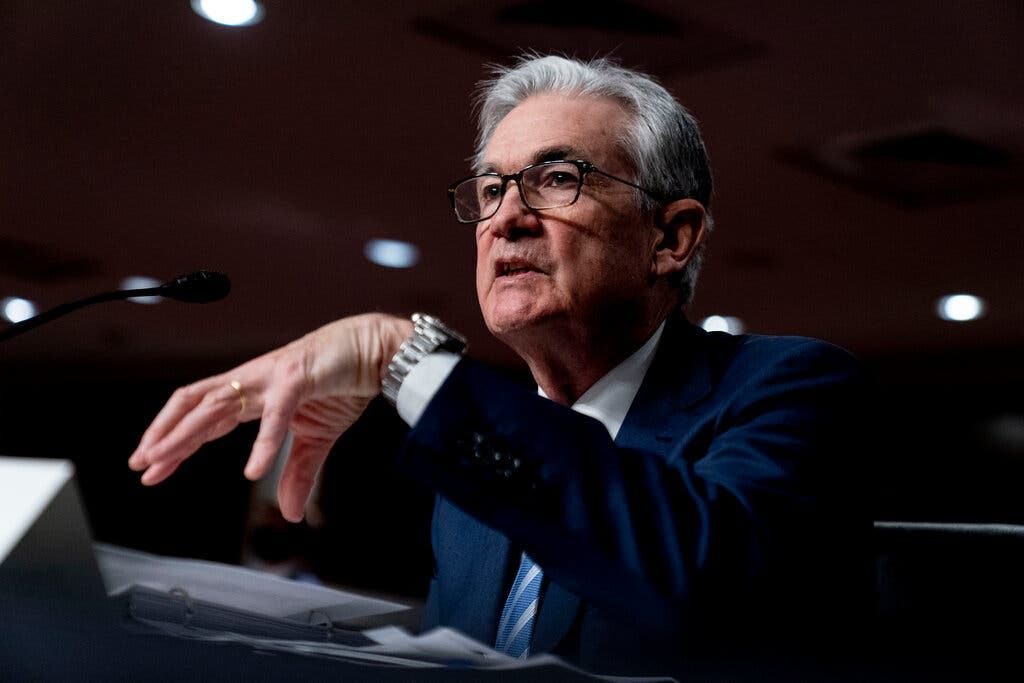The FOMC meeting that is slated to take place today and tomorrow (15 - 16 March) are much more significant than the many meetings we have had in the past many years. After two years of massive government and central bank intervention that created almost $6.5 trillion of new money, the Fed should be reversing these policies for the first time since 2018 by tomorrow.
While the market is still divided about how much the Fed can raise rates (I have heard up to 1%), most participants are within the 25 bps to 50 bps camp. My hunch is it won’t be more than 25 bps.
Though the Fed has been communicating this action for months, the 10-year yield has moved above 2% only now despite the risk of much higher inflation with the recent spike in oil prices.
So why is the market so complacent and not incorporating a big inflation battle on the horizon?
The market always takes cues from past patterns and occurrences. They are betting on the ‘demand destruction’ thesis which means higher prices in itself will solve higher prices.
$4/gallon at the pump has been a sticky price for consumers. It is a psychological level that changes consumer behaviors. We saw this played out in 2008, 2011 and 2012.
However, things are different now from those times. The economy in many ways has changed from ten years before. Back then, consumer and corporate balance sheets were in a mess. The economy was hardly growing even with maximum support from the Fed’s recurring QE and zero rates. The job market was terrible with unemployment running at 8%. So it was natural to get demand destruction with a higher gas price at $4.
What do we have now? Asset prices have reset higher with all the new money creation. The job market is tight and wages are adjusting higher with the rise in asset prices. On top of that, the consumer and balance sheets are stronger plus the economy is emerging out of a COVID lockdown for almost two years. This is a big difference. Given this background, the demand destruction theory is less likely.
The Fed no doubt is behind the curve and they have more new reasons to stay that way now. Only when they decide to raise rates to catch up with hot inflation will we start to see inflation coming down.
If you received value from this post, and you’d like to send some back, or if you’d like to signal to me to continue spending time on these types of explorations, feel free to buy me coffees (thank you!):
So, there we go. Thanks for reading Breezy Briefings. If you enjoyed this, I'd really appreciate it if you could take a second and tell a friend. Honestly. It makes such a big difference.
Forward this email. Recommend the newsletter. Share on Twitter, WhatsApp, Telegram, LinkedIn, Slack, wherever!
Join Breezy Briefings’ Official Telegram Channel: https://t.me/BreezyBriefings
Abraham George is a seasoned investment manager with more than 40 years of experience in trading & investment and multi-billion dollar portfolio management spanning diverse environments like banks (HSBC, ADCB), sovereign wealth fund (ADIA), a royal family office and a hedge fund. Currently, he is a co-founder of a new hedge fund where foreign citizens can invest in Indian growth stocks like Tanla operating in hyper-growth markets like CPaaS.



